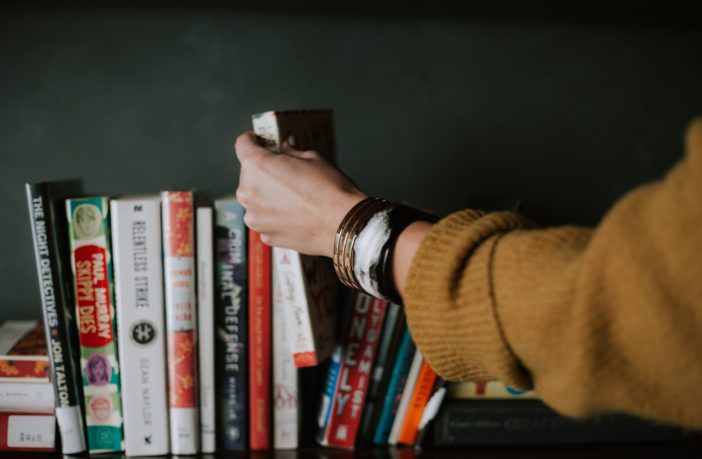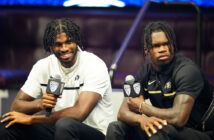By Joseph Williams,
Word in Black
It’s easy to imagine that, for a Black teenager navigating a turbulent life — in juvenile detention, say, or attending a school for students with discipline, learning or behavior issues — racial healing might be the next to last thing on their mind.
It’s easier still to think that the very last thing on their mind would be sitting in a circle with other students inside a library, sharing thoughts and feelings about a book they just read.
Yet the Great Stories Club, a long-running program sponsored by the American Library Association, has met both goals, and then some. For nearly two decades, the GSC, as it’s known, has enticed troubled young people to put their noses in books that can help them see themselves in the pages, make sense of their lives, and tell their own stories.
“The goal here is to reach populations that are not typically reached by the library — or, if they are already being reached– to be able to engage them in a deeper way that’s beyond a classroom,” says Brian Russell, project director for the ALA’s public programs office. The group discussions, he says, can “really give them a sense of community.”
Launched in 2006, the program “gives underserved youth the opportunity to read, reflect, and share ideas on topics that resonate with them,” according to the ALA’s website. Funded by public and private grants, the site says, the ALA “has made 1,400 Great Stories Club grants to libraries, reaching more than 42,000 young adults in 49 states and 2 U.S. territories.”
Under the program, libraries at juvenile detention centers or alternative schools that win GSC grants receive young-adult books and literature as well as promotional material linked to a broader theme, such as “finding your voice,” or delving “deeper than our skins,” Russell says. Librarians hand out the books to interested readers, he says, then facilitate group discussions on the theme.
“All of the themes have always been about the kind of issues pertinent to teens’ realities,” including racism, poverty, suicide, parental conflicts, peer pressure, or unstable households, Russell says. The books, he says, “have to be gifted to the teen readers — they can’t remain in the collection. Sometimes, this is the first book that a lot of these teens have ever owned on their own.”
Besides encouraging teens to read and build relationships with a library, the discussions can be powerful, centered on ideas and themes like universal humanity, according to the ALA website. The prompts can also provide important steps towards racial healing: suggested discussion points can help young people reflect on past actions and present circumstances, reduce feelings of isolation and depression, and inspire changes in behavior.
In-depth discussions on works like “Between the World and Me,” by Ta-Nehisi Coates, and “Mother of the Sea,” by Zetta Elliott encourage young readers to “consider ‘big questions’ about the world around them and their place in it, according to the website. Besides “affecting how they view themselves as thinkers and creators,” according to the website, the group discussions can “facilitate reflection and discussion of past actions and future opportunities for positive change” inspired by the literature.
Russell says it’s not a coincidence that the list of authors includes Black, Asian, Latino and Native American writers.
“Teens can see themselves reflected in these stories — someone who lives a life that looks like their life, and who looks like them,” Russell says. “You read a story about someone whose life is similar to yours, and then you’re in this space where you feel safe and comfortable with the other people there. And then you can tell your story.”
That experience can be transformative, Russell says, and not just for the Great Stories Club participants.
“I think there is healing. A lot of learning comes from that too, especially in groups,” Russell says. “It’s powerful for me on a personal level. You know, teenagers are a really tricky demographic. But some of the librarians have already been posting that their titles have been so relevant, they can’t believe how engaged the teens have been.”
This article was originally published by Word in Black.



